March 28, 2014
CBI moves to new flagship London office at Cannon Place
 The CBI is moving out of the Centre Point building this weekend to take up residence at its new flagship offices in London’s Cannon Place on Monday (31st March). The UK’s leading business group is leaving the Centre Point building in London’s West End after 34 years to relocate to new offices in Cannon Place, above Cannon Street station, where its new headquarters will be based. The 25,000 sq ft space on the fourth floor of the eight-floored Cannon Place will be open plan and home to around 200 staff. It will boast a member lounge with work stations and meeting rooms, as well as regular exhibitions showcasing the best of British business from around the globe. This first exhibitor will be Bristol-based film and television company Aardman Animations, the makers of the award-winning Wallace and Gromit series. More →
The CBI is moving out of the Centre Point building this weekend to take up residence at its new flagship offices in London’s Cannon Place on Monday (31st March). The UK’s leading business group is leaving the Centre Point building in London’s West End after 34 years to relocate to new offices in Cannon Place, above Cannon Street station, where its new headquarters will be based. The 25,000 sq ft space on the fourth floor of the eight-floored Cannon Place will be open plan and home to around 200 staff. It will boast a member lounge with work stations and meeting rooms, as well as regular exhibitions showcasing the best of British business from around the globe. This first exhibitor will be Bristol-based film and television company Aardman Animations, the makers of the award-winning Wallace and Gromit series. More →




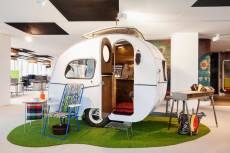

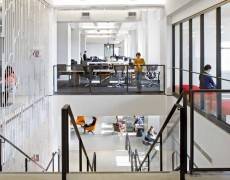


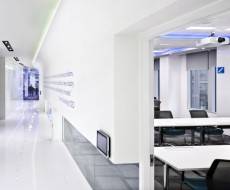


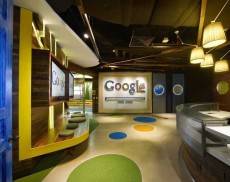
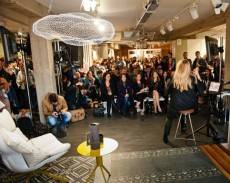















April 2, 2014
When worlds collide: a preview of the Salone Internationale del Mobile in Milan
by Justin Miller • Comment, Events, Furniture, Workplace design
More →